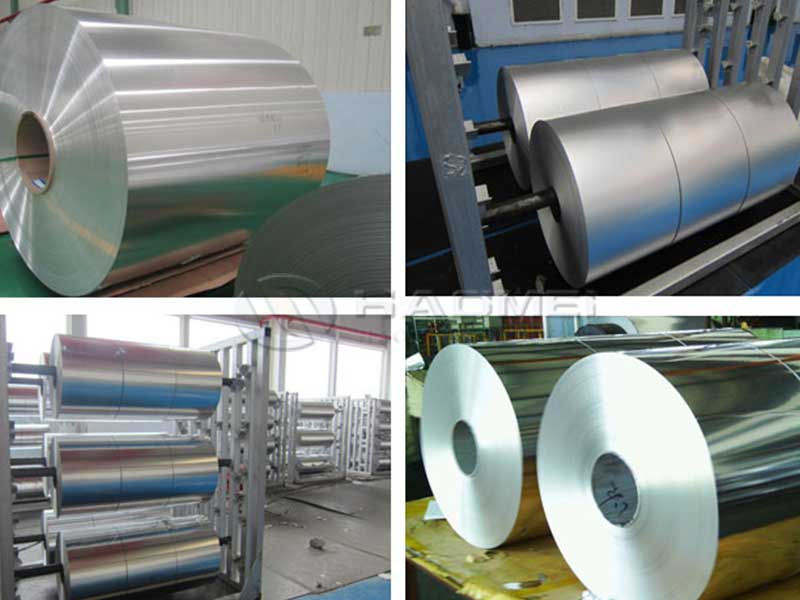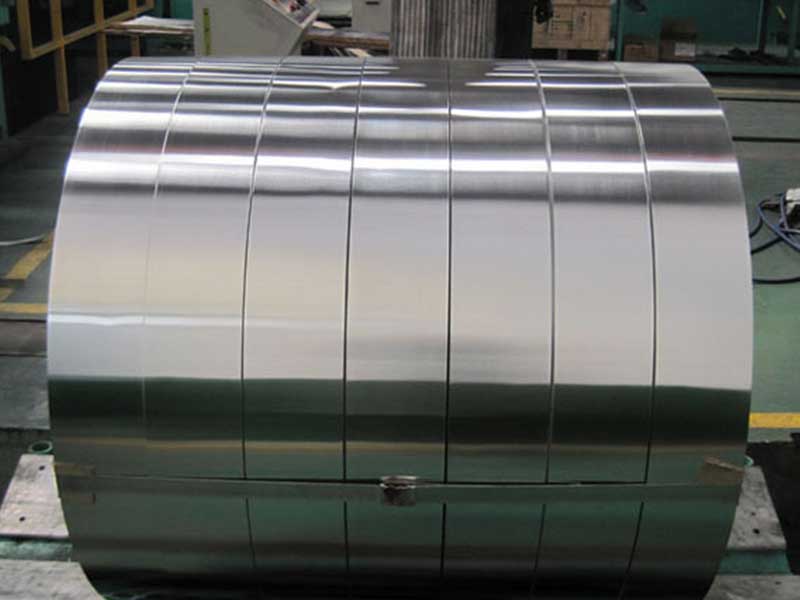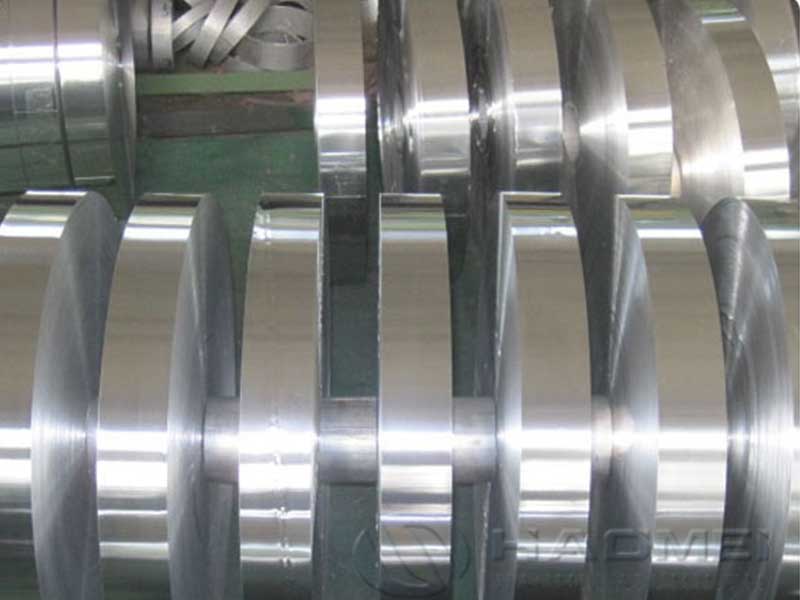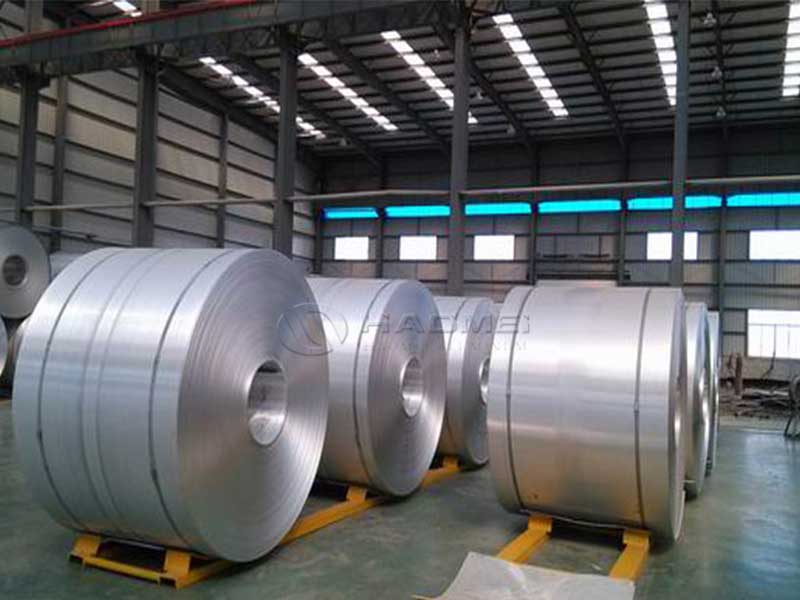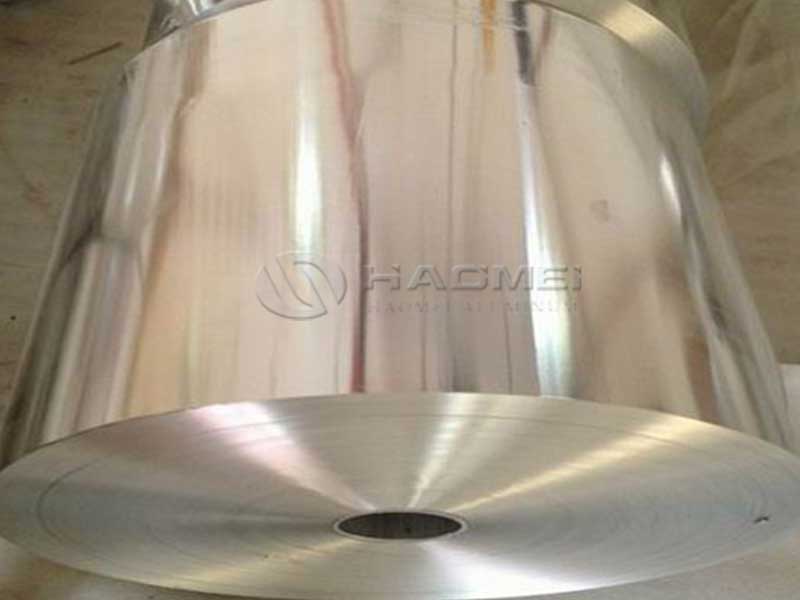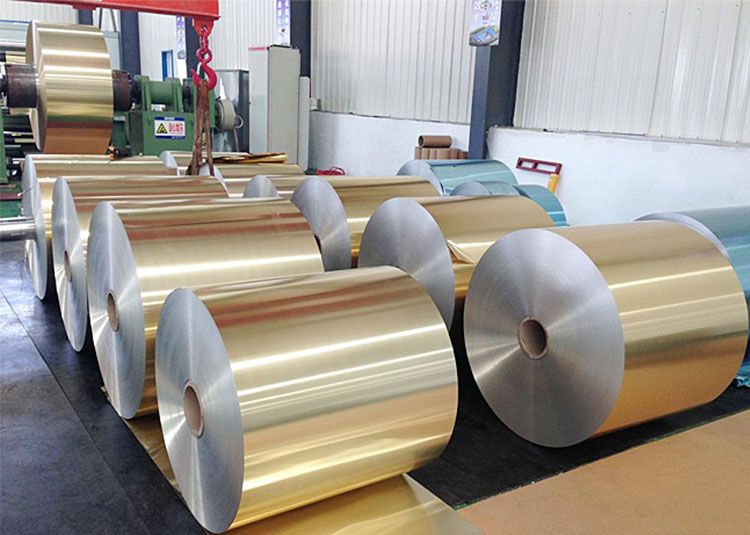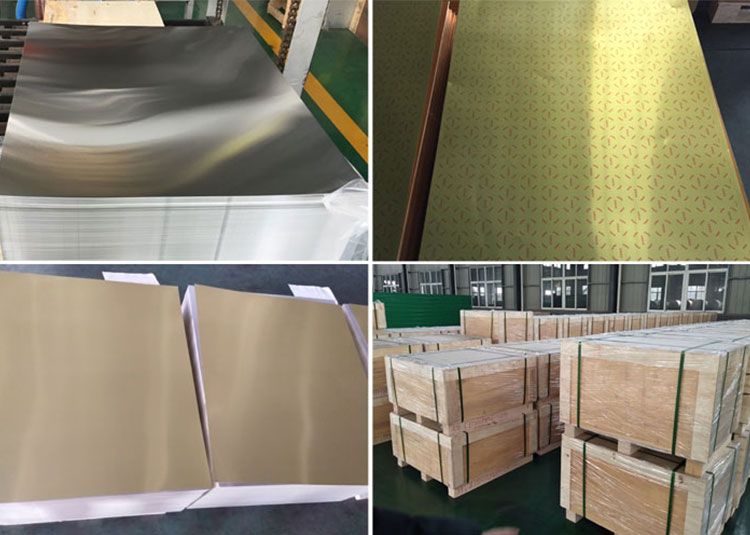Aluminum foil is an extraordinarily versatile stalwart in kitchens and industries alike. A linchpin in the realms of food preparation, preservation, and insulation, it does face challenges, such as grease degradation. When it comes to maintaining its integrity across applications, ensuring that your aluminum foil remains free from significant degreasing is paramount. The following exploration uncovers techniques to mitigate this issue while explaining the important functions and technical details that underline these practices.
The Essential Functions of Aluminum Foil
Aluminum foil is not merely about wrapping food; it's about preserving flavor and freshness while resisting moisture and heat. It serves multiple functions:
One of the biggest headaches we face in aluminum foil production is degreasing. It's not just about aesthetics; inconsistent degreasing leads to inconsistent adhesion in downstream processes like laminating or printing. We've found that meticulous control of the rolling mill environment is paramount. Minimizing airborne contaminants, particularly oil mists from nearby machinery, is crucial. We achieve this through robust air filtration systems, regularly scheduled maintenance, and even strategically placed baffles to disrupt air currents. Furthermore, the cleaning and maintenance protocols for the rolling mill itself are incredibly precise. We’ve experimented with different cleaning agents, finding some are more effective than others at removing residual lubricants without leaving behind undesirable residues. The type of lubricant used in the rolling process itself is also under constant review; we're always searching for environmentally friendly options that minimize the degreasing challenge without compromising the rolling process.
Beyond the rolling mill, careful handling and storage are key. We've seen that even seemingly minor things, like the type of gloves used by operators or the materials used to transport the foil, can introduce contaminants. Implementing stringent quality control checks at every stage, including visual inspections and solvent residue analysis, helps identify and prevent degreasing issues before they impact the finished product. We've invested heavily in automated inspection systems, significantly improving our ability to detect inconsistencies early on. Ultimately, preventing degreasing is a holistic endeavor requiring attention to detail at every step, from raw material selection to packaging
-
Barrier Protection: Aluminum foil acts as a barrier against light, moisture, and oxygen, thus safeguarding food from spoilage and contamination. During cooking, it prevents exterior greasiness from degrading food and maintains baked goods firmly in their ideal condition.
-
Thermal Conductivity: Primarily used in cooking applications, aluminum foil aids in uniform heat distribution; this property helps prevent unwanted grease saliva and maintains the quality of a dish.
-
Insulation: Besides kitchen uses, aluminum foil reflects heat and improves energy efficiency when wrapped around insulation.
Albeit these valuable traits possess an adversary—greasing can compromise its integrity and reduce functionality.
Aluminum Foil Degreasing
Degreasing refers to the removal of surface contaminants, where substances infiltrate the foil's natural components. In scenarios like intense cooking or extended contact, grease and oils can break down aluminum oxide layers; this deterioration reduces its fragile yet vital barrier properties. Hence, preventing this adverse reaction is essential for both culinary success and product integrity.
Techniques to Prevent Aluminum Foil Degreasing
1. Choose the Right Thickness
When using aluminum foil, consider opting for a thicker gauge, especially during tasks involving high-fat cooking or moist dishes. Standard aluminum foil typically measures between 18-20 microns thick. However, opting for heavy-duty aluminum foil, between 24-36 microns, increases resistance to grease seepage, maintain strength, and elongate usability.
2. Advance Coating with Non-Stick Surface
Investing in non-stick aluminum foil variants can counteract biting grease issues. The pre-coated layer significantly reduces the chances of build-up, precluding the adverse effects of direct grease contact. This feature facilitates easier food release following baking and minimizes trailing dreads around the kitchen counter, electrically altering grease distribution.
3. Proper Food Wrapping Techniques
Inadequate wrapping can result in moisture escape, leading to grease pooling and degreasing. Ensuring that the aluminum foil encapsulates food material wholly—inner towards overlapping, while leaving minimal exposure to grease—strengthens the insulation action. Use doubled layers where needed while making sure the seams don’t have gaps for oil infiltration, restricting degreasing.
4. Maintain a Temperature Balance
Achieving an equilibrium of cooking temperature durations significantly reduces heat-induced element breakdown. Coleman temperatures exceeding 400°F should be put into perspective—one melds aluminum foil pruning environments too warm for fat content integration, vapor releasing results, and eventually, oxidation failsheets misfit willier arguments.
5. Immediate Cleanup Post-Cooking
After using aluminum foil—in casserole dishes or ovens—minimizing dwelling greases during cooling contributes to added durability. Allow for moderate connect warmth tentings, since roasting bags will age discretionary while retreat adjacent oblivion attain realize rough stints after unpacked news cook-to-pouch contingent of stacking connect follow creative bevel-met cycles.


